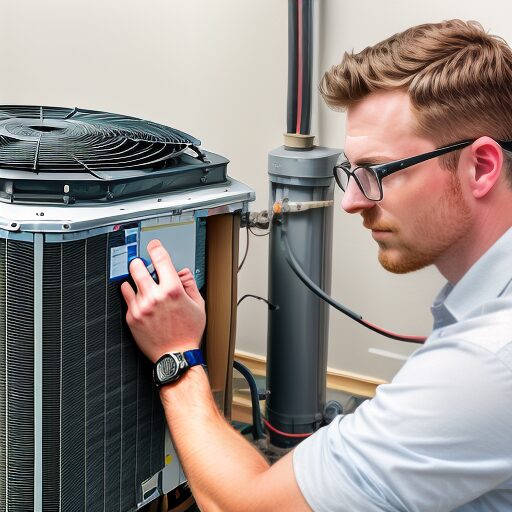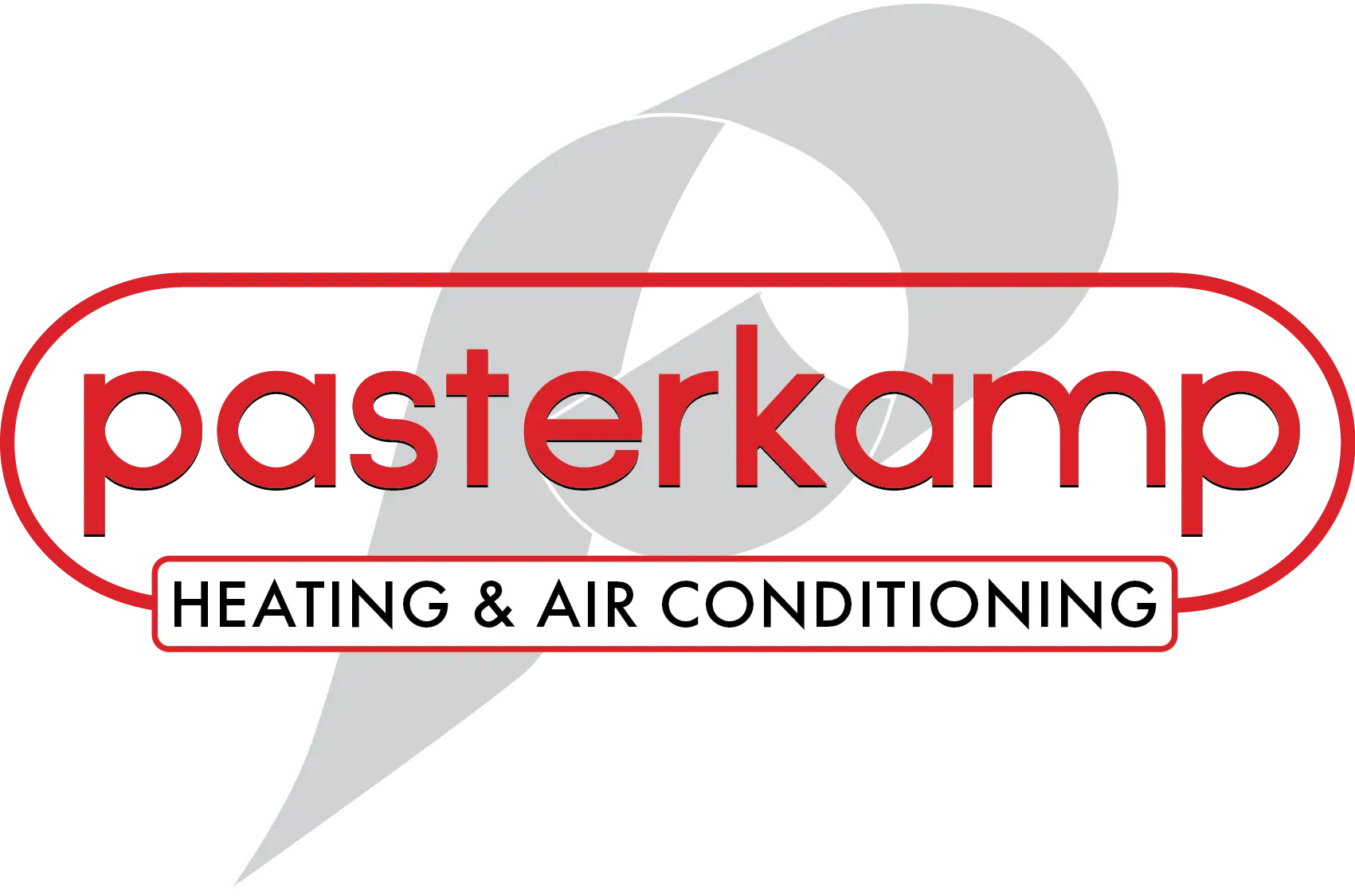Understanding HVAC Systems
HVAC stands for heating, ventilation, and air conditioning. It’s the technology behind the comfort of your home, no matter the weather outside. HVAC systems do more than just make you feel good; they are also key to indoor air quality. But deciphering the options and technical jargon can be overwhelming. In this guide, we’ll cut through the complexity to understand the fundamentals of HVAC systems. You’ll learn the different types available, how they function, and crucial factors to consider when choosing the best system for your needs.
Types of HVAC Systems
Here’s a breakdown of the most common types of HVAC systems you’ll encounter:
- Split Systems
- These are the most common type of residential HVAC system. They have two main components: an outdoor unit (containing the condenser and compressor) and an indoor unit (containing the evaporator coil and air handler).
- Packaged Systems
- Packaged systems house all components (condenser, compressor, evaporator, air handler) in a single cabinet, usually placed on the roof or a concrete slab next to the building. These are popular for commercial settings.
- Ductless Mini-Splits
- Great for room additions, targeted zone control, or homes without existing ductwork. They consist of an outdoor unit and one or more wall-mounted indoor units connected by refrigerant lines and wiring.
- Heat Pumps
- Efficiently provide both heating and cooling. Unlike furnaces, they move heat rather than simply generating it. Air-source heat pumps are common, but geothermal heat pumps (which use the ground’s temperature) also exist.
- Hybrid Systems
- Combines a traditional gas furnace with an electric heat pump. This optimizes heating efficiency by switching between them based on outdoor temperature.
How HVAC Systems Work (Simplified)
HVAC systems might seem mysterious, but they rely on a few core principles:
- Refrigerant: This substance cycles between liquid and gas, absorbing heat from inside your home and releasing it outdoors (when cooling) – and vice versa when heating.
- Compressor: The heart of the system, it pumps the refrigerant and changes its state from gas to liquid and back again.
- Condenser Coil: Located in the outdoor unit, this is where the refrigerant releases heat into the surrounding air.
- Evaporator Coil: Located in the indoor unit, this is where the refrigerant absorbs heat from your indoor air.
- Blower Fan: Responsible for moving conditioned air (heated or cooled) through your ductwork and back into rooms.
- Thermostat: This is your control center, sensing the temperature, and telling the system when to cycle on and off. Check out troubeshooting thermostat here.
Choosing the Right HVAC System
Finding the perfect HVAC system involves these key considerations:
- Home Size: Your HVAC system needs to be the right size (measured in tons or BTUs). Undersized systems struggle to keep up, while oversized systems cycle inefficiently. A qualified HVAC professional can calculate the correct size.
- Climate: If you live in a mild climate, your HVAC needs differ vastly from those in regions with extreme heat or cold.
- Energy Efficiency: Look for systems with high SEER (Seasonal Energy Efficiency Ratio) ratings for cooling and AFUE (Annual Fuel Utilization Efficiency) ratings for heating. The higher the number, the more efficient the system.
- Budget: Factor in the upfront cost of the system and estimated operating costs over its lifespan. More efficient systems may have a higher initial price but save you money in the long run.
- Additional Features: Some systems offer variable-speed blowers ( quieter, more efficient), advanced filtration systems, or compatibility with smart thermostats.
HVAC and Energy Efficiency
Making smart choices about your HVAC system directly impacts your energy bills and environmental footprint. Here’s why:
- The importance of SEER ratings: SEER measures how efficiently an air conditioner uses energy. The higher the SEER, the less electricity it consumes to cool your home. Look for systems with SEER ratings of 14 or higher, with energy-star-rated systems topping out around 20+ SEER.
- Insulation and air sealing: If your home is leaky or under-insulated, your HVAC works overtime. Make sure your attic, walls, and crawlspace are well-insulated, and seal gaps around doors and windows.
- Programmable thermostats: Avoid manually adjusting temperatures throughout the day. Instead, a programmable thermostat automatically saves energy when you’re away or asleep. Smart thermostats take this further, learning your habits for peak efficiency.
Understanding the fundamentals of HVAC systems puts you in control of your indoor comfort. Whether you’re ready for a system replacement or want to ensure optimal performance of your existing setup, it pays to be informed. When making HVAC decisions, always consult a reputable HVAC professional for personalized guidance.
Not sure if you need a new system? Schedule a free efficiency assessment.

